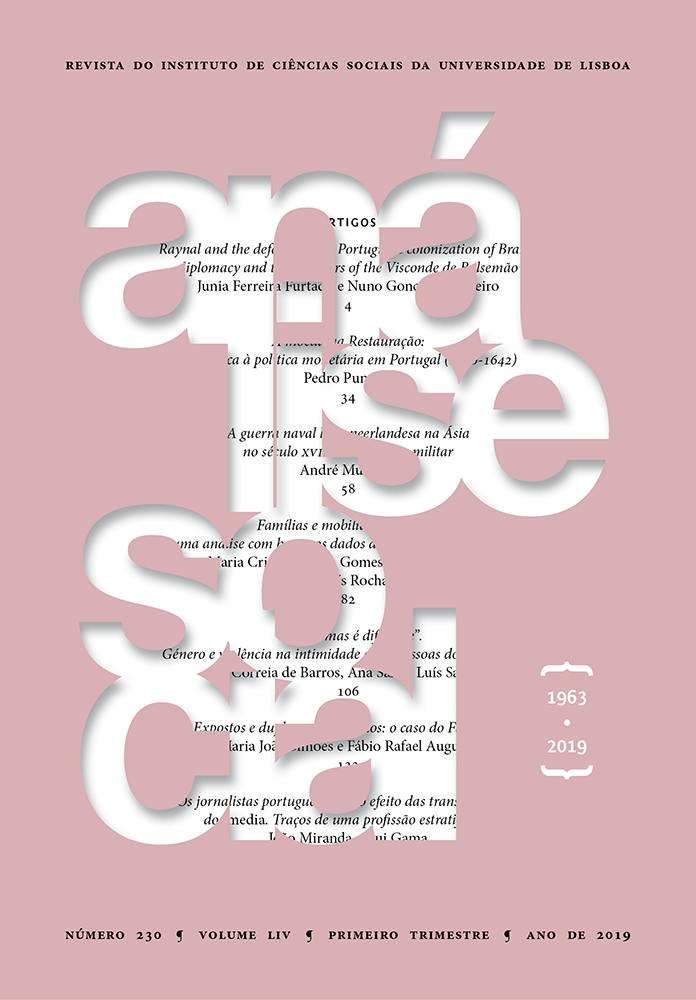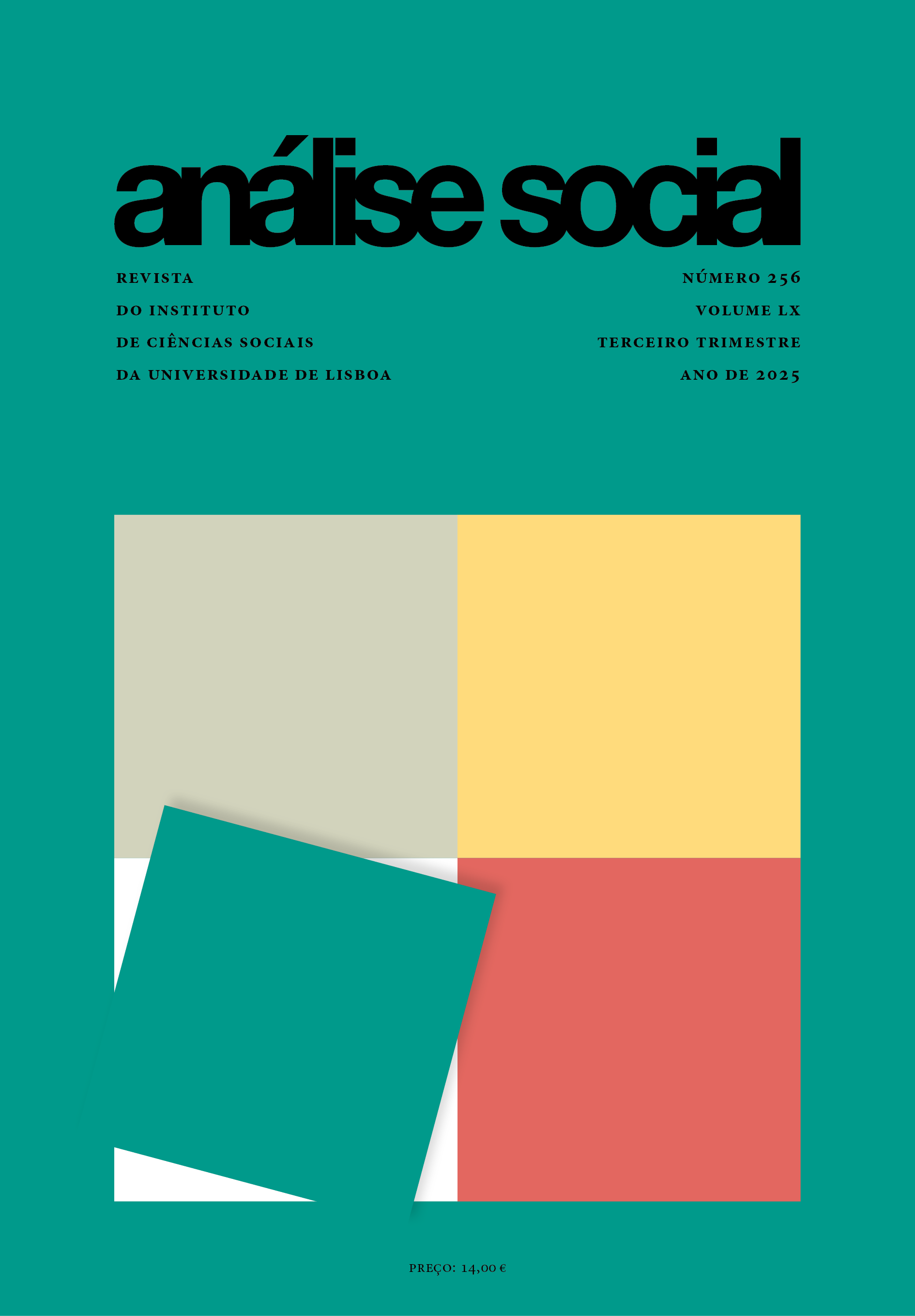Currency during the Restoration: from practice to monetary policy in Portugal (1640-1642)
DOI:
https://doi.org/10.31447/AS00032573.2019230.02Keywords:
monetary history, Restoration, fiscality, monetary policyAbstract
Changing the value of money was used, from the first moment of the Restoration, as a means of financing war and monarchy. Absent in the Philippine period, when there was stability in the Portuguese monetary standard, the mutationist practice was seen as unwanted, dangerous, and immoral. Nevertheless, the needs of the time led the monarchy to delegate its monetary policy to the Conselho da Fazenda (Treasury Council), where thinking about the currency was not only adequate to the needs of power games, but also adjusted to the new ideas, especially those originating from the so-called Salamanca School. Studying the first mutating initiatives (1640-42) allows us to understand how monetary practices evolved in Portugal to a policy of adjustment and resurgence of the national monetary system.



